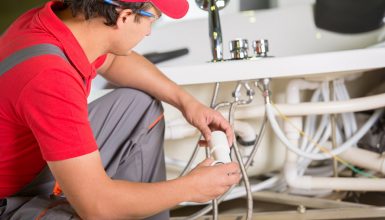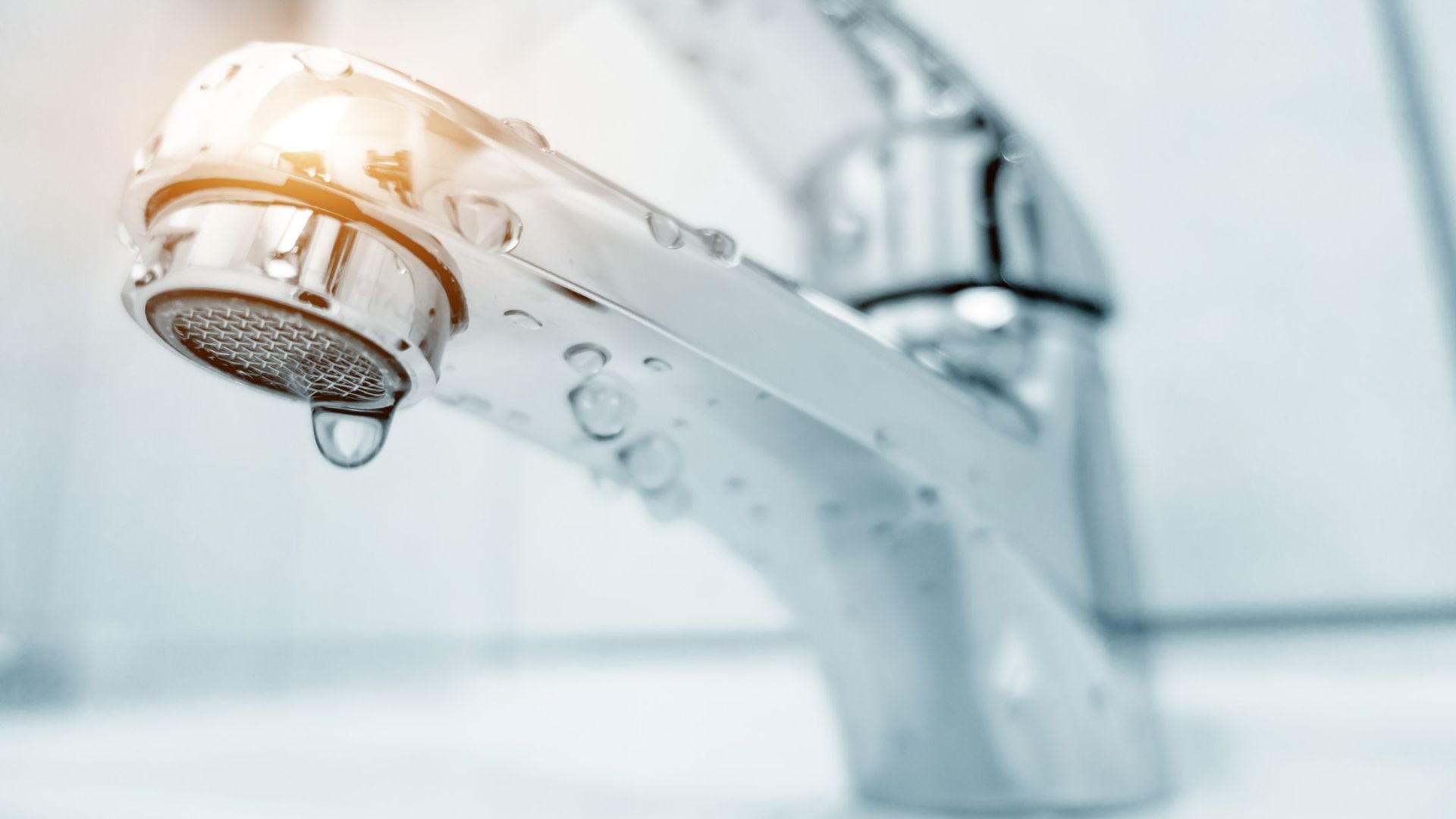Useful Strategies for Fixing Low Water Pressure in Your Home
Useful Strategies for Fixing Low Water Pressure in Your Home
Blog Article
They are making a few great points related to 9 Reasons for Low Water Pressure in Your House overall in this great article just below.

Low water pressure in your house can be an irritating problem, influencing every little thing from bathing to cleaning meals. If you're experiencing weak water flow, there are a number of possible causes and remedies to check out. In this overview, we'll review typical factors for low water pressure and useful actions to attend to the problem successfully.
Introduction to Low Water Stress
Low water pressure happens when the flow of water from your faucets, showers, and other components is weak than normal. This can make everyday tasks more tough and less reliable. Recognizing the root causes of low tide stress is crucial to finding the best option.
Common Root Causes Of Low Water Stress
Pipeline Obstructions
Gradually, pipelines can come to be obstructed with natural resource, sediment, or debris, limiting the flow of water. This is an usual problem in older homes with galvanized steel pipelines.
Corrosion
Deterioration within pipes can cause leaks and decreased water stress. Corrosion build-up can constrict water flow, especially in aging plumbing systems.
Faulty Pressure Regulatory Authorities
Stress regulatory authorities are responsible for maintaining regular water stress in your house. If they malfunction, it can cause low tide stress or uneven flow throughout the house.
Metropolitan Water Issues
Often, the trouble exists outside your home. Community water system problems, such as main line leaks or upkeep work, can briefly reduce water stress in your location.
Just How to Detect Low Tide Stress
Inspecting Faucets and Fixtures
Start by checking the water pressure at various faucets and components throughout your home. If the problem is isolated to certain locations, it may show localized troubles.
Evaluating Pipelines
Examine noticeable pipes for indicators of leaks, corrosion, or obstructions. Take note of any type of uncommon noises, such as knocking or rattling pipelines, which could suggest concerns within the plumbing system.
Consulting with a Plumber
If you're not able to determine the cause of low tide stress, think about working with a specialist plumber to carry out a complete examination. They can determine underlying problems and recommend proper remedies.
DIY Solutions to Fix Low Tide Pressure
Cleansing Aerators and Showerheads
Mineral deposits can build up in aerators and showerheads, decreasing water flow. Get rid of and clean up these elements regularly to enhance water pressure.
Flushing Water Heater
Sediment accumulation in the hot water heater can restrict circulation and decrease performance. Purging the container periodically helps remove sediment and keep optimum efficiency.
Examining Pressure Regulator
Guarantee that the pressure regulatory authority is working properly. Adjusting or changing the regulator can aid bring back proper water stress throughout your home.
Cleaning Clogs in Water Lines
For small obstructions, attempt making use of a plumbing snake or chemical drainpipe cleaner to clear obstructions in pipes. Be cautious when making use of chemicals and adhere to safety and security standards.
When to Call a Professional Plumber
If do it yourself initiatives stop working to fix the issue or if you think considerable plumbing troubles, it's ideal to seek aid from an accredited plumber. They have the proficiency and tools to deal with complex issues securely and successfully.
Preventive Measures to Maintain Water Pressure
Regular Upkeep
Set up routine upkeep for your plumbing system to stop problems such as corrosion, leaks, and obstructions. Addressing small troubles early can assist prevent even more considerable repair services later on.
Mounting a Pressure Booster
Take into consideration installing a stress booster pump to boost water stress in areas with continually reduced flow. This can be particularly beneficial for multi-story homes or buildings with high-demand components.
Surveillance Water Use
Bear in mind water usage behaviors and stay clear of ill-using the plumbing system. Straightforward adjustments, such as shocking showers and washing tons, can aid preserve appropriate water stress.
Verdict
Handling low tide pressure can be frustrating, however determining the underlying reasons and carrying out proper services can recover optimum circulation throughout your home. Whether it's cleaning up aerators, inspecting pipes, or speaking with a plumber, taking positive actions can ensure a consistent supply of water for your day-to-day needs.
FOUR WAYS TO FIX LOW WATER PRESSURE NOW
Turning on a shower or faucet only to find the water comes out in a sad, slow drizzle is never a good feeling. How exactly are you supposed to wash a pan or take a quick shower when it takes 10 minutes just to rinse off a little soap? The good news is that when your water pressure is bad, there's always a cause: typically one that can be easily fixed. Here are some of the most common causes of low pressure and what you can do to fix the issue:
DEBRIS AND MINERAL DEPOSIT BUILDUPS
If you notice low water pressure from just one or two of the fixtures in your house, the problem likely has to do with debris buildup. Water is full of minerals and other debris, all of which can accumulate in your pipes and on your fixtures. This can cause a blockage that affects how much water flows through. To fix this, try filling a small plastic bag with white vinegar, and use a rubber band to hang it around your showerhead or faucet. Let the head of the fixture soak for a few hours, and the vinegar should loosen the deposits.
WATER LEAKS
Leaks are another common cause of low water pressure. If water is flowing out of your plumbing through a hole or crack before it can reach your fixture, the pressure coming out of the faucet or showerhead will be lower. A plumbing professional is your best bet for finding and repairing a leak in your water supply pipes.
Leaks are another common cause of low water pressure. If water is flowing out of your plumbing through a hole or crack before it can reach your fixture, the pressure coming out of the faucet or showerhead will be lower. A plumbing professional is your best bet for finding and repairing a leak in your water supply pipes.
FOUR WAYS TO FIX LOW WATER PRESSURE NOW
Turning on a shower or faucet only to find the water comes out in a sad, slow drizzle is never a good feeling. How exactly are you supposed to wash a pan or take a quick shower when it takes 10 minutes just to rinse off a little soap? The good news is that when your water pressure is bad, there's always a cause: typically one that can be easily fixed. Here are some of the most common causes of low pressure and what you can do to fix the issue:
DEBRIS AND MINERAL DEPOSIT BUILDUPS
If you notice low water pressure from just one or two of the fixtures in your house, the problem likely has to do with debris buildup. Water is full of minerals and other debris, all of which can accumulate in your pipes and on your fixtures. This can cause a blockage that affects how much water flows through. To fix this, try filling a small plastic bag with white vinegar, and use a rubber band to hang it around your showerhead or faucet. Let the head of the fixture soak for a few hours, and the vinegar should loosen the deposits.
WATER LEAKS
Leaks are another common cause of low water pressure. If water is flowing out of your plumbing through a hole or crack before it can reach your fixture, the pressure coming out of the faucet or showerhead will be lower. A plumbing professional is your best bet for finding and repairing a leak in your water supply pipes.
Leaks are another common cause of low water pressure. If water is flowing out of your plumbing through a hole or crack before it can reach your fixture, the pressure coming out of the faucet or showerhead will be lower. A plumbing professional is your best bet for finding and repairing a leak in your water supply pipes.
A VALVE ISSUE
If you have low water pressure throughout your home, check your main shut-off valve to make sure it's completely open. You may also want to see if there's a pressure-reducing valve installed. If there is, have a plumber help you adjust the settings to get the pressure you're looking for.
OTHERS USING WATER
Believe it or not, your low water pressure could be caused by your neighbors. If you notice low pressure at certain times of day, it may be because you and the people living next to you have similar schedules - when everyone is showering at the same time, the pressure will be lower in every home. Low pressure throughout the neighborhood may also be caused by an issue with your municipal water supply. If that's the case, call the supplier to see if they're working on the issue.
https://www.rotorooter.com/blog/water-leaking/low-water-pressure-fixes/

I recently found that piece of writing on 4 Ways to Troubleshoot Low Water Pressure when doing a lookup on the internet. Do you know another individual who is excited about the topic? Please feel free to promote it. Thanks a lot for taking the time to read it.
At This Website Report this page